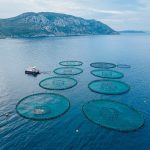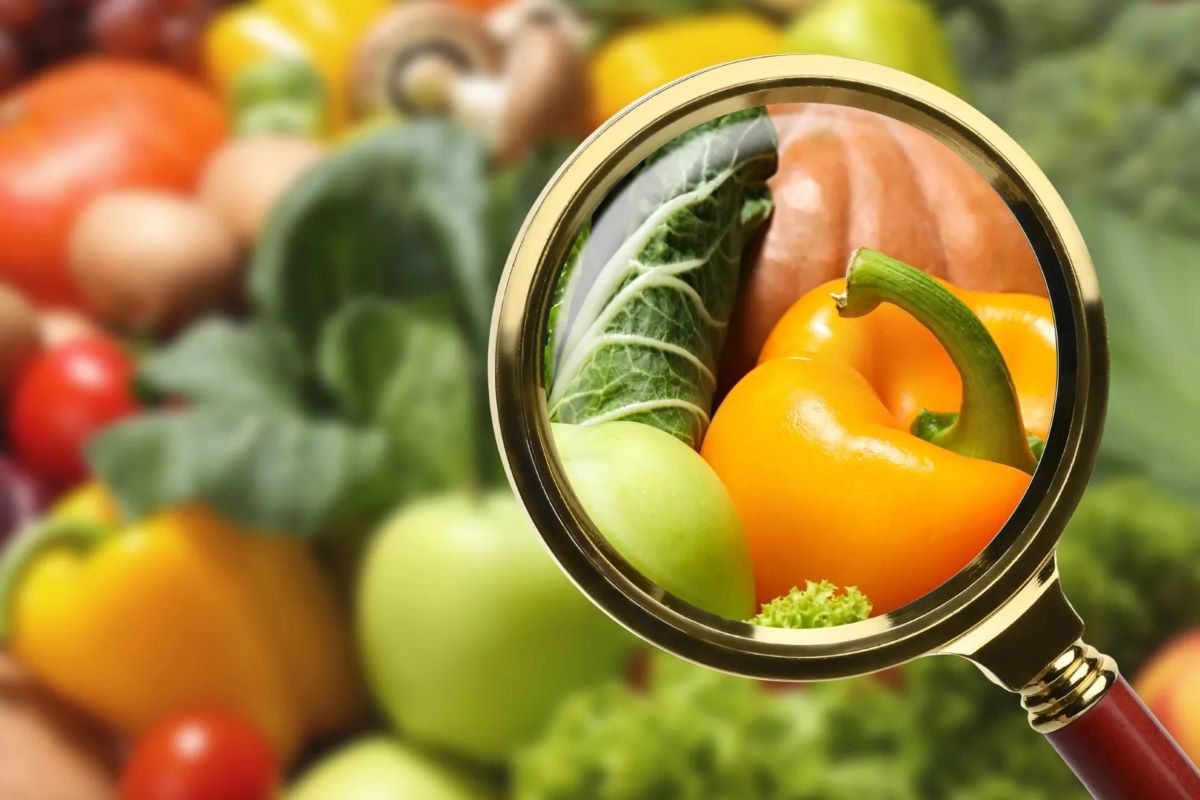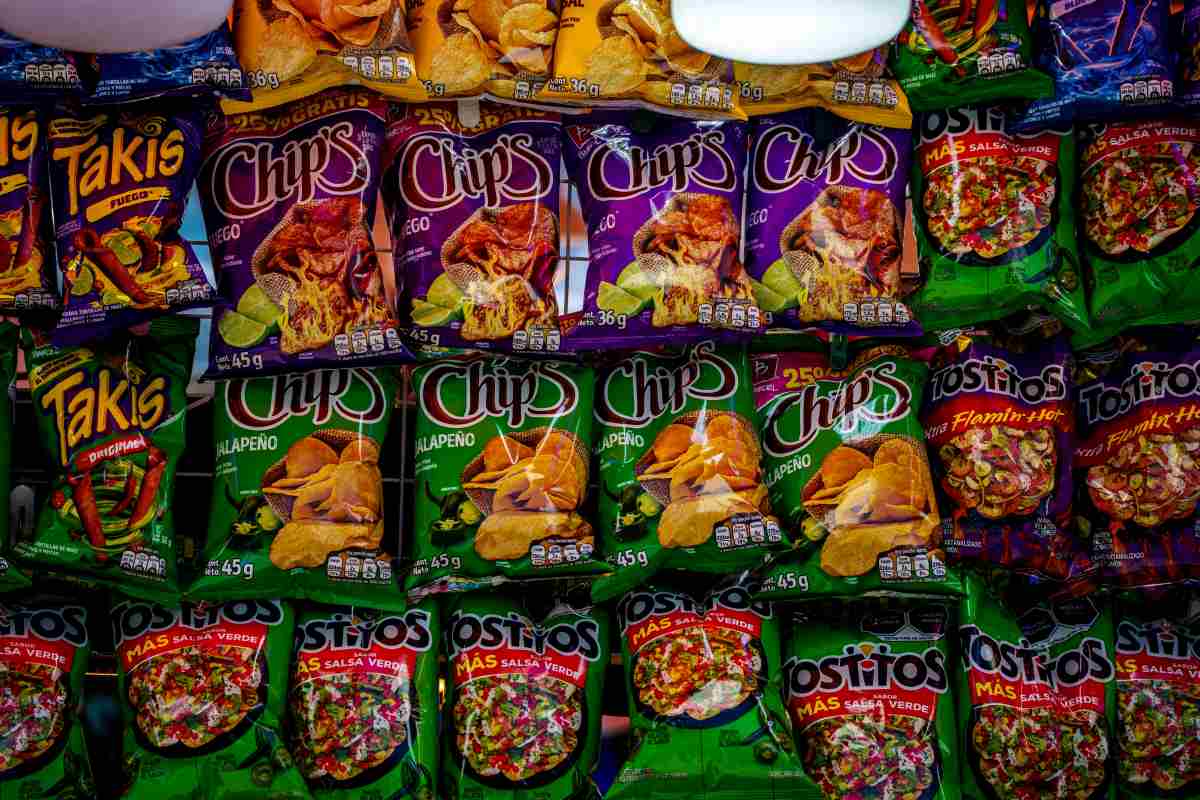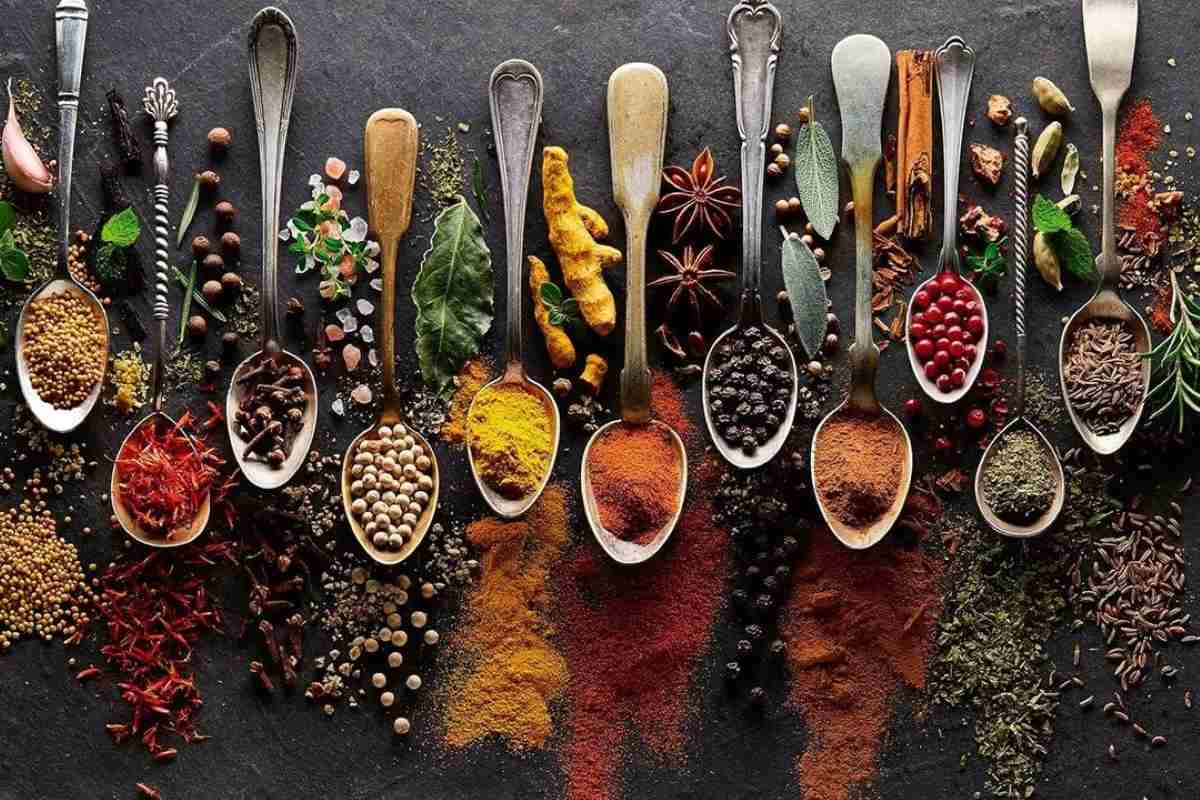More scientific studies are reiterating the climate change crop nutrition relationship. Many of these studies have found that the increasing exposure of food crops to atmospheric pollution is leading to a decline in the nutritional profile of some staples. For example, a team of UK researchers found that growing rice or wheat with elevated concentrations of CO₂ depletes the crop’s zinc and iron contents.
These scientists have concluded that climate change may already be having similar effects on food crops, and on a global scale. The focus of the global food system used to be food security, growing enough food to meet dietary needs. However, the concern now includes the reduction of essential nutrients in harvested crops, thanks to climate change.
The threat may be silent, but it needs to be addressed nonetheless. This piece creates awareness about how climate change is reducing the nutritional richness of foods. We will discuss the science behind this submission, what it means to Earth’s citizens and likely ways to address the situation.
How Climate Affects Crop Nutrients
Let’s help you understand the climate change crop nutrition argument before proceeding. Taking a cue from high school biology, you probably remember that plants utilize CO₂ the same way humans and other animals subsist on oxygen. When plants have CO₂ in excess, the rate of photosynthesis increases. This means plants get to grow faster. As plants grow faster, they accumulate more carbs and lower concentrations of other essential nutrients.
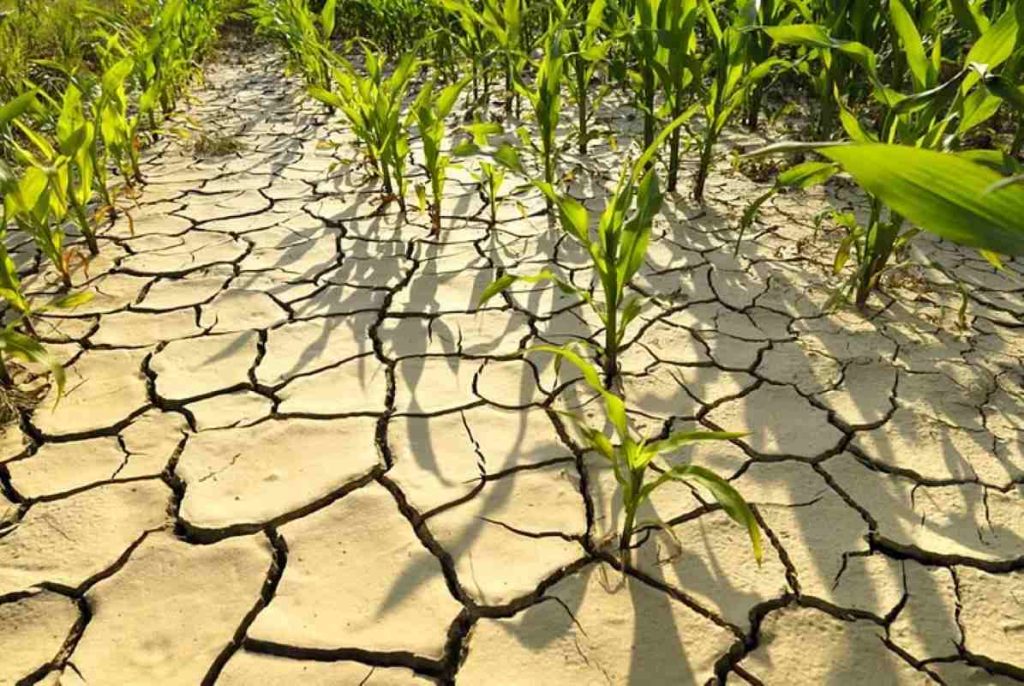
Extreme weather also takes its toll on global warming food quality. The UN Environment Programme (UNEP) suggests that warmer temperatures alter plant uptake and storage of essential nutrients like iron, zinc and protein. Similarly, flash floods, droughts and desert encroachment may also render the soil relatively infertile for the surviving crops.
This problem is not peculiar to foods from plant sources alone. Climate impact on food quality is making its mark on livestock, too. Disease outbreaks, feed unavailability and depleted quality, and heat stress are contributing to a compromise in the quality of animal products.
ALSO READ: Understanding Food Allergies: The Science Explained
Why It Matters for Global Nutrition
Now that food nutrient decline is tagging along with climate change and food insecurity, let’s see how it affects sapiens. Reports suggest that staples (e.g. soybeans, rice, wheat) are worst hit by the negative interplay between CO₂ and crop nutrients. Middle-class and high-income earners can afford to balance out their diets so much so that the nutrient deficiency won’t be significant. However, populations in low-income regions may have no such respite. Why? The crops experiencing nutrient depletion make up a large percentage of their daily diet.
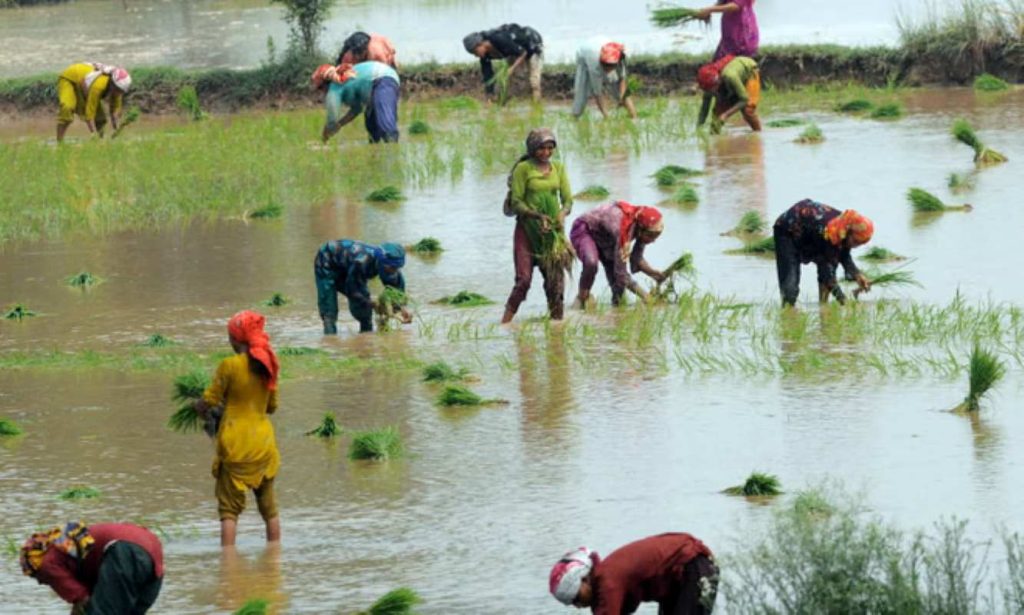
The climate change crop nutrition tussle may trigger a ripple effect in the nutritional health of vulnerable populations. If prompt actions are not taken to address the silent decline, we may see the adverse effects sooner rather than later. Anemia cases may increase, and children may develop growth issues. All these are just a few of the apparent potential impacts of nutrient loss in crops.
The Broader Agricultural Impact of Climate Change on Crop Nutrition
The advent of gene editing technology is making the development of high-yield seed crops possible. Besides the anti-GMO bottleneck experienced by these advanced plants, nutrient loss in crops could be another issue. High-yield crops often have only a few traits amplified, say pest resistance or yield density. So, despite producing high yields, it may still not address the climate impact on food quality.
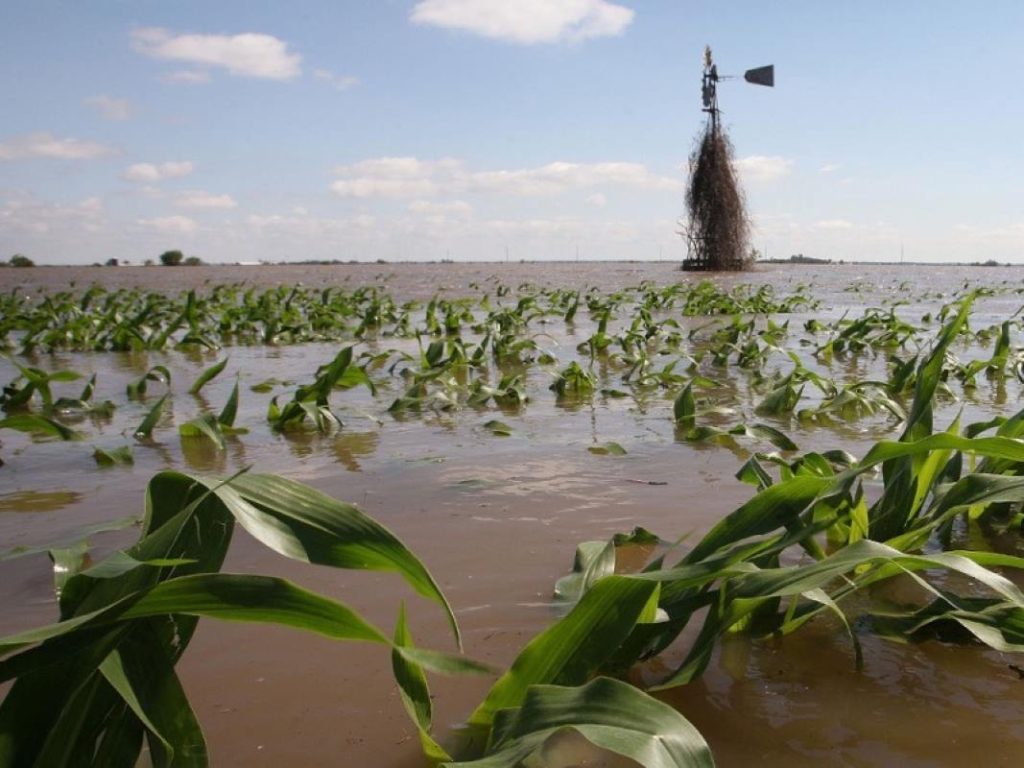
Over the years, industrial agriculture and manufacturing have influenced climate change and food security. The buck has now gone a full cycle, and the environmental impact on agriculture is making hidden hunger a global challenge.
Advocacy groups are now calling for migration to regenerative farming and climate-smart agricultural practices. Some local agricultural programs are also incorporating resilient crop systems to make food production sustainable.
ALSO READ: The Truth About Superfoods: Science or Hype?
What Researchers Are Doing About It
Researchers around the globe have taken up the challenge for practical solutions to the climate change crop nutrition dilemma. For example, a 2022 review discusses multiple efforts to mitigate nutrient loss in crops through biofortification. Biofortification is a breeding method that increases the density of specific nutrients in crops. As earlier raised, the biofortification efforts are being channelled to staples largely consumed by low-income populations.
Regulatory bodies and non-profits are also making efforts to sensitize vulnerable populations about dietary diversity.
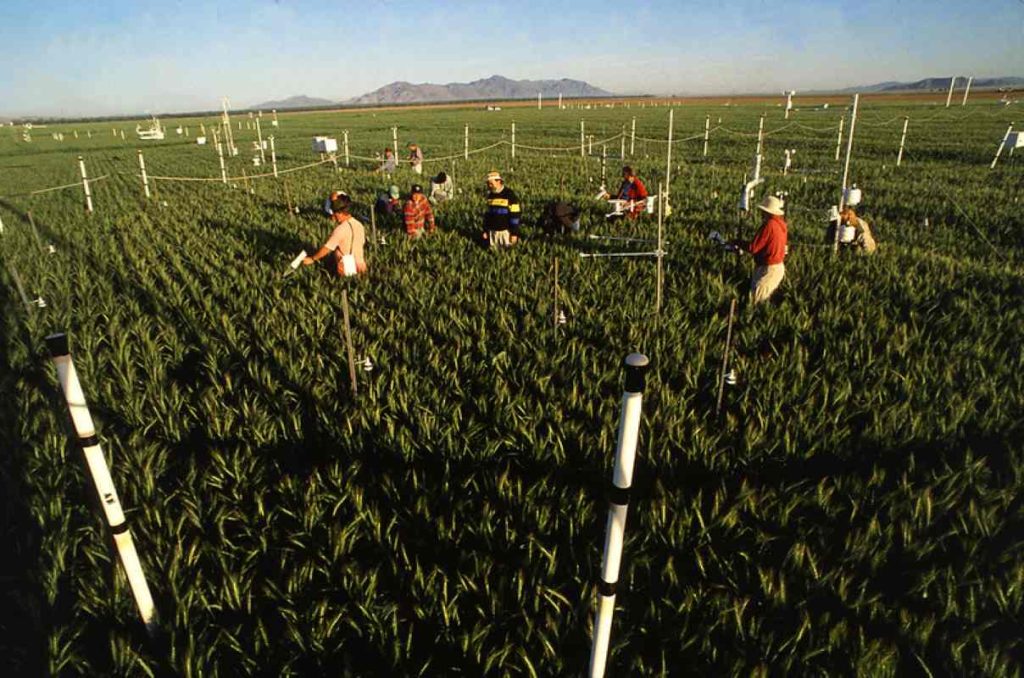
Another good news is that efforts to address declining crop nutrition under global warming have not been left to private researchers. How much can most scientists possibly achieve with their private research budget? So, there’s an ongoing collaboration between HarvestPlus, the Food and Agriculture Organization (FAO) and CGIAR. As these NGOs make headway in climate change crop nutrition research, governments will do well to craft policy changes around scientific inferences that materialize.
Climate change is no longer something any earth dweller can stand aloof from. Its impact and implications have become as close as our very shadows. The future of farming will require us to reflect on how the state of our environment affects what ends up on the plate. Our little efforts at innovation and policy implementation will turn the tide of crop nutrition under global warming.
Feeding the future means nourishing it, and climate change challenges both.

